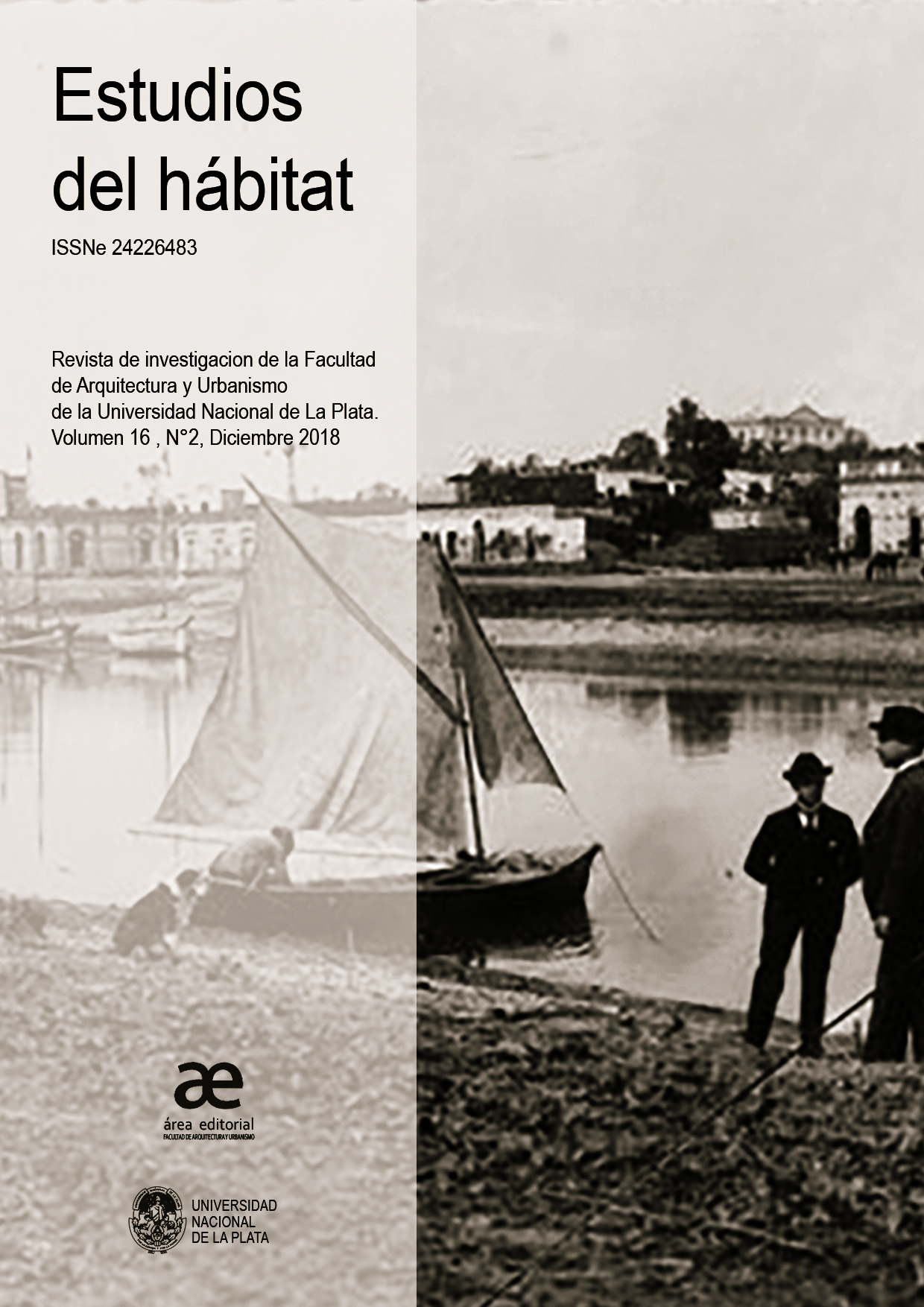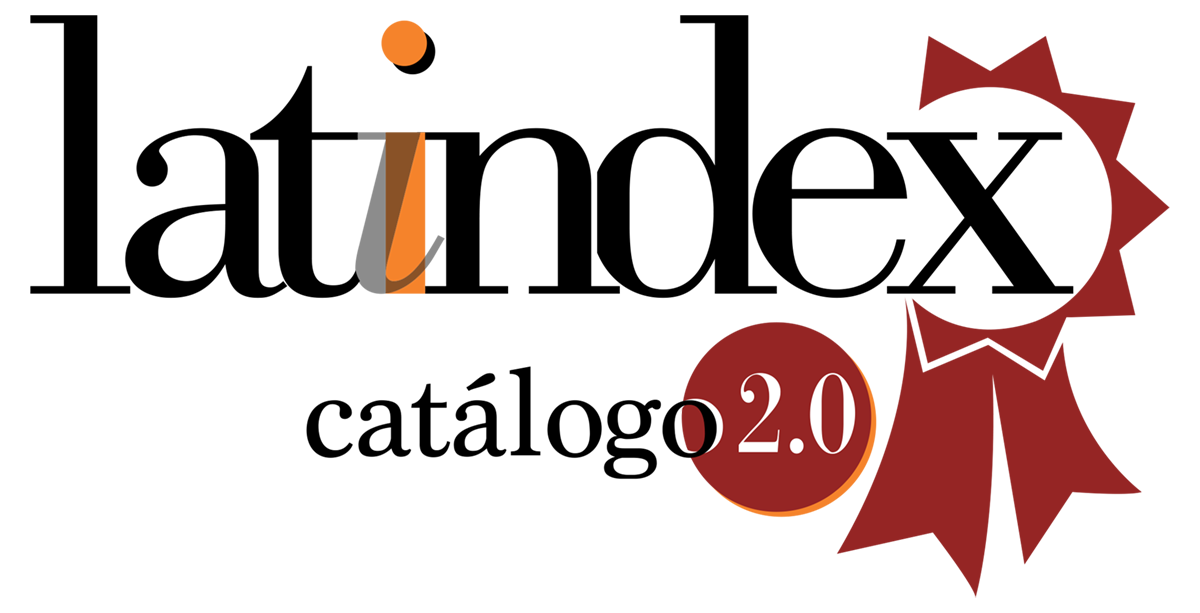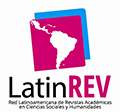Water risk management in Gran La Plata
Questions, hypotheses,methods and instruments towards the co-construction of interfaces between the production of knowledge and the formulation of public policies
DOI:
https://doi.org/10.24215/24226483e048Keywords:
Risk management, Institucional co-building, Management authorityAbstract
The paper synthesizes UNLP/CONICET PIO 27 CO Project´s methodological approaches, objectives and instrumental sequences towards building up a Decision Support System (DSS) and assessing the ways and means to set up a regional Hydrological Risk Management Authority covering the intermediate section of Rio de La Plata watershed hydrological basin. This DSS aims at integrating (i) a technical phase (a high-precision information system) and (ii) an institutional phase (a risk management model co-creating and involving a flexible inter-institutional network and a coordinating node).
This co-building process will require to generate valid interfaces between the production of knowledge and the formulation of public policies. This system should properly recognize, adapt and manage the regional, technical, institutional and social complexities that characterizes the subject at stake.
Downloads
Metrics
References
Blaikie, P. Cannon, T., Davis, I. & Wisner, B. (1996). Vulnerabilidad: el entorno social, político y económico de los desastres, La Red, IT, Tercer Mundo Editores. Colombia.
Forrester, J.W. (1995). Counterintuitive behaviour of social systems. www,clexchange,org
Funtowicz, S. &, Ravetz, J., (1993). Science for the post-normal age. Futures 25:7(739-755), Elsevier.
García, R. (2006). Sistemas complejos. GEDISA, Buenos Aires
Herzer,H., & Clichevsky,N. (2001). Perspectiva histórica: las inundaciones en Buenos Aires. En: Kreimer Alcira et al. (eds.) Inundaciones en el Área Metropolitana de Buenos Aires, Banco Mundial.
Herzer, H. (1990). Los desastres no son tan naturales como parecen. En Medio Ambiente y Urbanización 8 (30) Buenos Aires: 10-30
Kruse E., Sarandón R. & Gaspari F. (2012). Impacto del Cambio Climático en el gran La Plata. La Plata, Argentina.
Lavell, Alan (1996). Degradación ambiental, riesgo y desastre urbano. Problemas y conceptos hacia la definición de una agenda de investigación en M. A. Fernández (comp.), Ciudades en riesgo, Lima, La Red / USAL
Lavell, Alan (1998) Un encuentro con la verdad: los desastres en América Latina durante 1998. Anuario social y político de América Latina y el Caribe. FLACSO, Nueva Sociedad.
Maskrey, A. (ed.) (1993). Los desastres no son naturales. La Red, Tercer Mundo Edit. Bogotá.
Natenzon, C.E. (2016). Reflexiones sobre riesgo, vulnerabilidad social y prevención de catástrofes. En Ciência & Trópico Vol. 40 N°1 (99-108), ISSN 0304-2685. Revista de la Fundación Joaquim Nabuco, Brasil.
Natenzon, C.E. (2011) Catástrofes, riesgo ambiental y vulnerabilidad social: aspectos conceptuales, metodológicos y de gestión. FaHCE, UNLP. Disponible en http://www.memoria.fahce.unlp.edu.ar/programas/pp.7331/pp.7331.pdf
Natenzon, C.E. (1995) Catástrofes naturales, riesgo e incertidumbre. Documentos e Informes de Investigación N° 197. FLACSO. Programa Argentina.
Robirosa M. (2014), Turbulencia y gestión planificada. Principios de planificación participativa social, territorial y organizacional. Eudeba, Buenos Aires.
Romanazzi P. (2014). Aproximación a la estimación estadística de la Precipitación Máxima Probable (PMP) para La Plata, Provincia de Buenos Aires, Argentina II Congreso Internacional de Hidrología de Llanuras. Santa Fe, Argentina.
Downloads
Published
How to Cite
Issue
Section
License
Acorde a estos términos, el material se puede compartir (copiar y redistribuir en cualquier medio o formato) y adaptar (remezclar, transformar y crear a partir del material otra obra), siempre que a) se cite la autoría y la fuente original de su publicación (revista y URL de la obra), b) no se use para fines comerciales y c) se mantengan los mismos términos de la licencia.








.jpg)

















